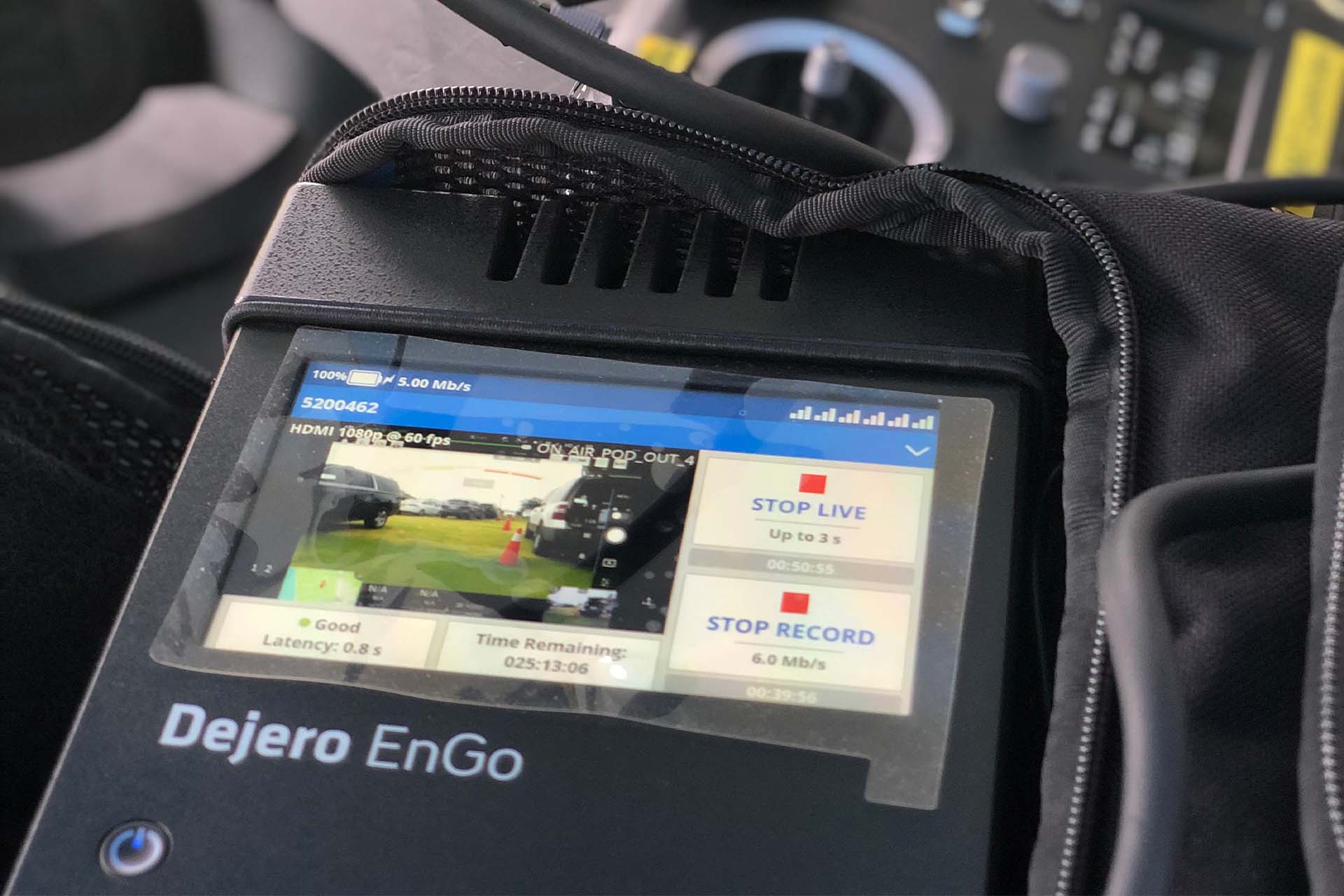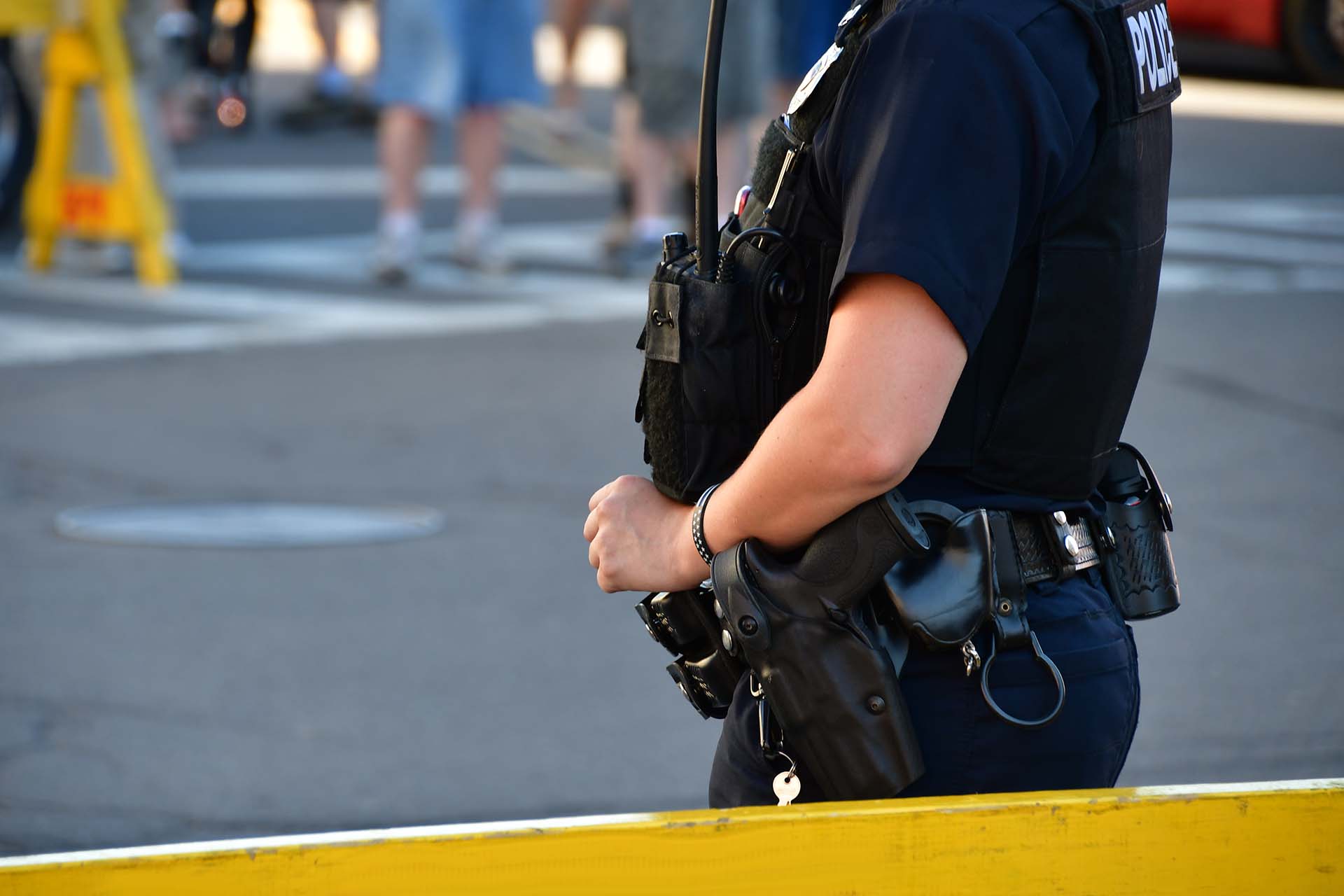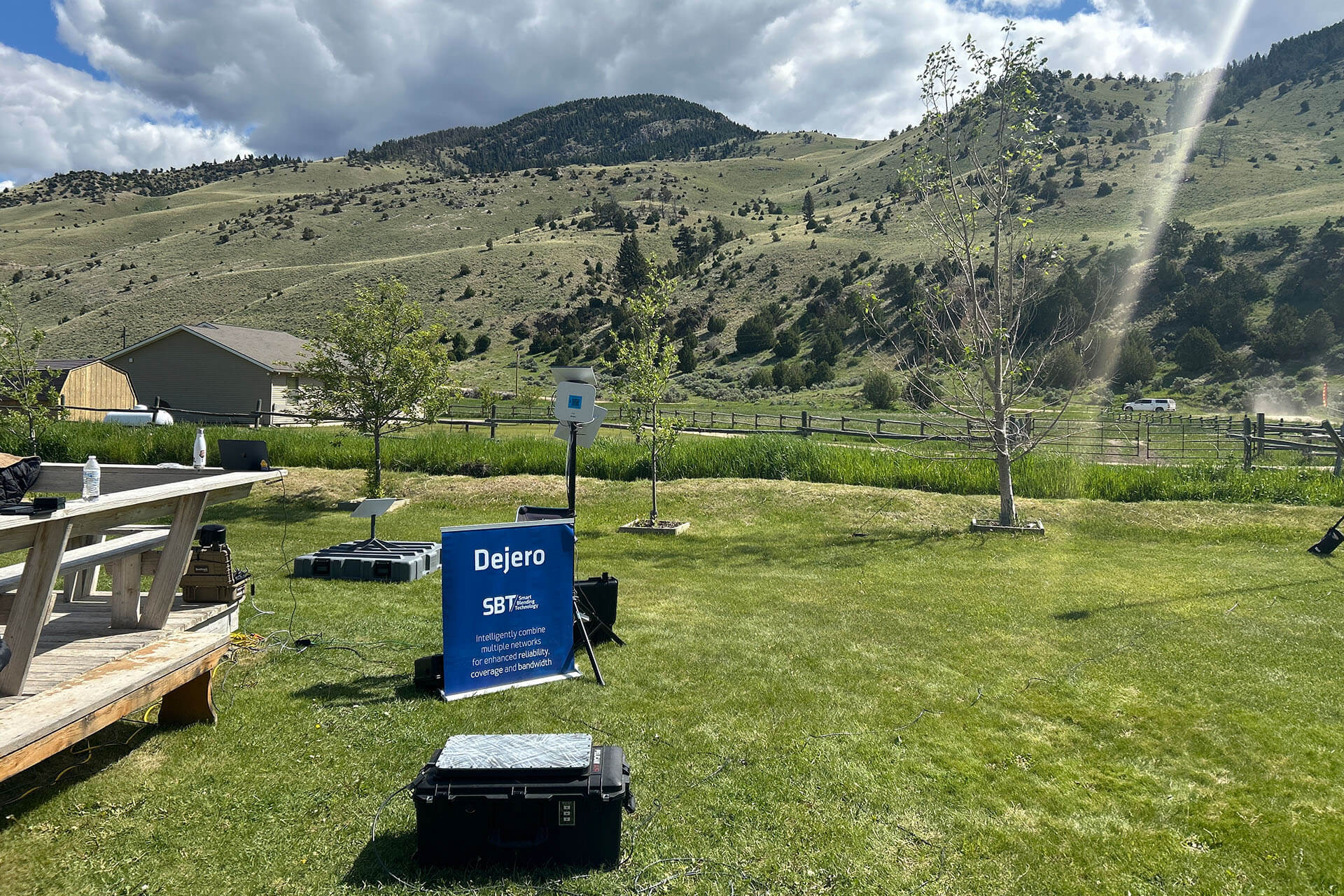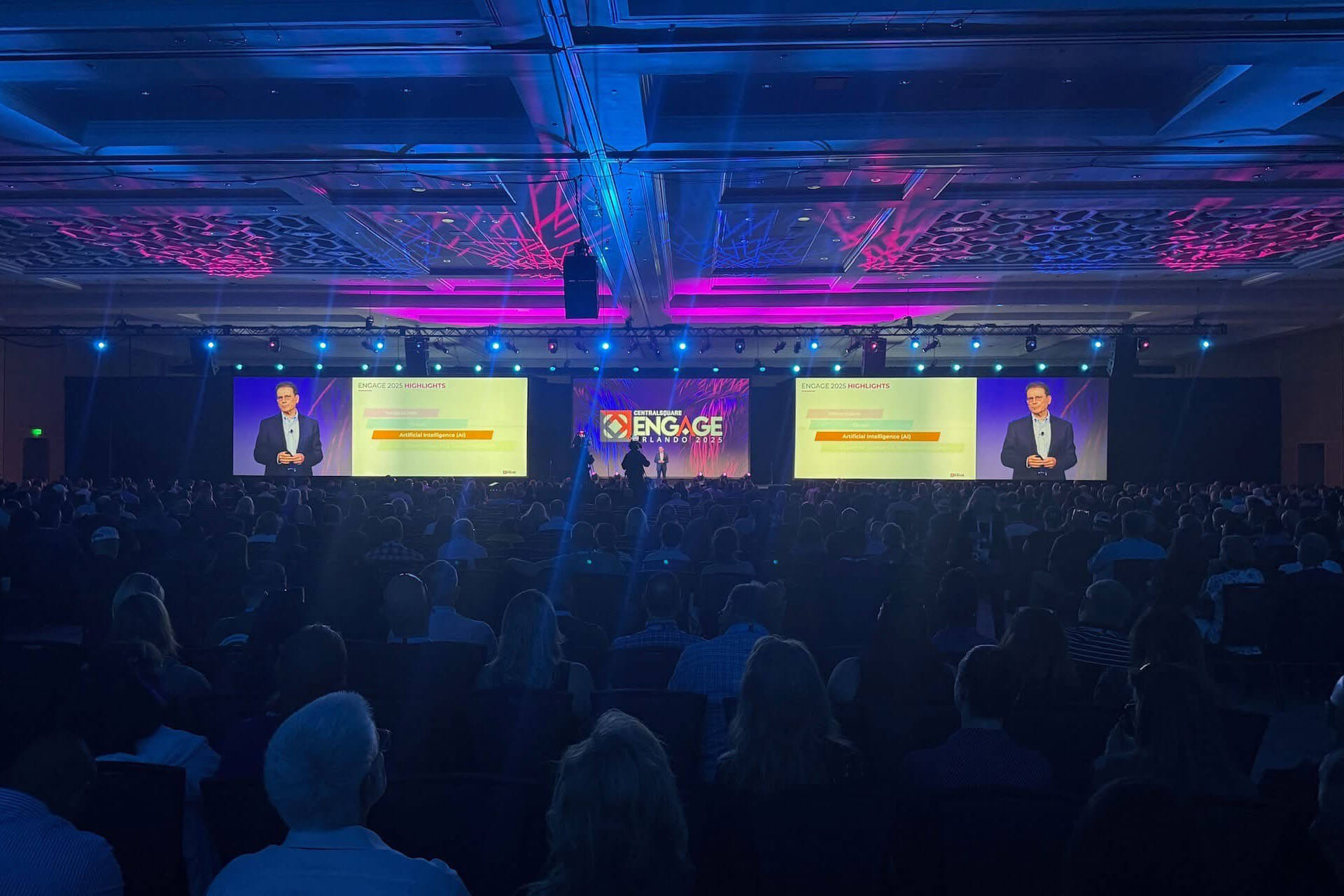When you experience an emergency there’s only one thing that matters – getting help as quickly as possible. Law enforcement agencies face the daunting task of managing and responding to a wide range of incidents at any given moment. From minor disturbances to high-stakes emergencies, effective communication and real-time information exchange play a vital role in first responders' ability to ensure the safety of officers and the public alike. While traditional radio communications have been the backbone of law enforcement operations for decades, there’s no denying mobile devices have completely changed the way we communicate and even ask for help. The National Emergency Number Association estimates that “nearly 29.7% of all U.S. households currently rely on wireless as their primary service as of June 2011.”
What's happening now?
Consider the current scenario: an eye-witness contacts 911, and the Public Safety Answering Point (PSAP) in their community takes the call. Almost immediately, a Computer Aided Dispatch (CAD) number is generated, establishing a central hub for incident-related information. Dispatch is triggered, and responding units are en route to the scene. As units arrive on scene, they rely on radio communications to maintain contact, gather information and relay updates. But radio communications are notoriously unreliable and present a series of challenges that hinder effective communication and critical decision-making.
One of the inherent limitations of radio comms is the lack of visual reference (video, images, maps, etc.). PSAPS and commanding officers provide updates using verbal descriptions, which can be subjective and insufficient to fully understand the unfolding situation. Responding officers may be left with a knowledge gap, making it challenging to adequately prepare for what lies ahead.
There’s also another issue, radio connectivity is notorious for experiencing challenges from interference from other radios, to antenna problems and environmental factors making its reliability inconsistent. It's not uncommon for communication to break down, leaving officers unable to communicate during critical moments, potentially compromising their safety. Even when comms are back up, radio channels can become chaotic, with background noise or multiple people trying to speak simultaneously, resulting in delays as everyone waits for their turn.
It begs the question, what if there was a better way? What if officers had access to real-time visuals, and could access other essential data points to enhance situational awareness and decision-making?
Critical connectivity for critical communications
Imagine a world where multimedia data, including photos and videos captured by eyewitnesses, could be seamlessly integrated into the CAD system. These visual assets would then be readily accessible to a command center and assigned patrol cars, providing a comprehensive and real-time understanding of an incident. Responding officers would have the advantage of visual intelligence, reducing the opportunity for confusion and enabling them to make better-informed decisions upon arrival.
Consider the power of reliable mobile internet. Providing easily accessible Wi-Fi from responding vehicles to officers at the scene could allow them to stream live video to officers en route, or to a Command Center via a smartphone or bodycam. They could gain vital access to police systems and resources like criminal history, social media profiles, telemetry information, vehicle registrations, nationality status, DNA databases, and more.
Enabling first responders to maintain these critical communication links is possible with Dejero’s patented Smart Blending Technology which aggregates multiple wireless broadband networks into a single service for uninterrupted connectivity.
Simplifying vehicle communications
Instead of using operationally clunky video and communication systems which need powering up, logins and software launches command vehicles could leverage Dejero’s GateWay network aggregation device.
Designed for vehicles and portable kits, the Dejero GateWay M6E6F and 211 devices deliver reliable mission-critical connectivity from any location, powering and optimizing general-purpose applications including voice, video and data while in nomadic or mobile environments, as well as add wireless connectivity to fixed locations. VPN tunnelling and dynamic routing of packets over multiple connections help provide public safety agencies with the security they need to keep communities safe.
From live broadcasts to public safety and emergency deployment, Dejero’s technology offers an unprecedented level of preparedness.
By equipping law enforcement vehicles, be it command vehicles or patrol cars, with Dejero GateWay network aggregation devices, agencies can revolutionize their operations, enhance officer safety, and enable responding units to make better-informed decisions when responding to incidents.
Sharing real-time video
By deploying this connectivity technology in the field, Command Center personnel can see real-time video feeds from body cameras or Unmanned Aerial System (UAS) components to make better-informed tactical decisions. For example, video feeds could help commanders decide whether responding officers should enter a building, or to help identify the best entry and exit points of a particular location or building. Sharing this type of real-time data enables law enforcement agents to pull in additional resources, equipment or even mental health professionals to ensure a more nuanced and effective response – an approach that brings a more comprehensive and compassionate response, fostering positive outcomes for both officers and the communities they serve.
Furthermore, high-definition video feeds could be shared with the press as an incident unfolds using Dejero’s EnGo 265 mobile video transmitter with built-in GateWay mode. This technology efficiently encodes and securely transmits high-quality live video from the field while also providing resilient, high-bandwidth, wireless internet access on the go.
It’s time
Dejero Smart Blending Technology offers a comprehensive solution that seamlessly integrates multimedia data, real-time video streaming and secure information access.
Don't settle for outdated radio comms that leave you blind in critical moments. Embrace the future of law enforcement communication with Dejero’s mission-critical connectivity solutions.











